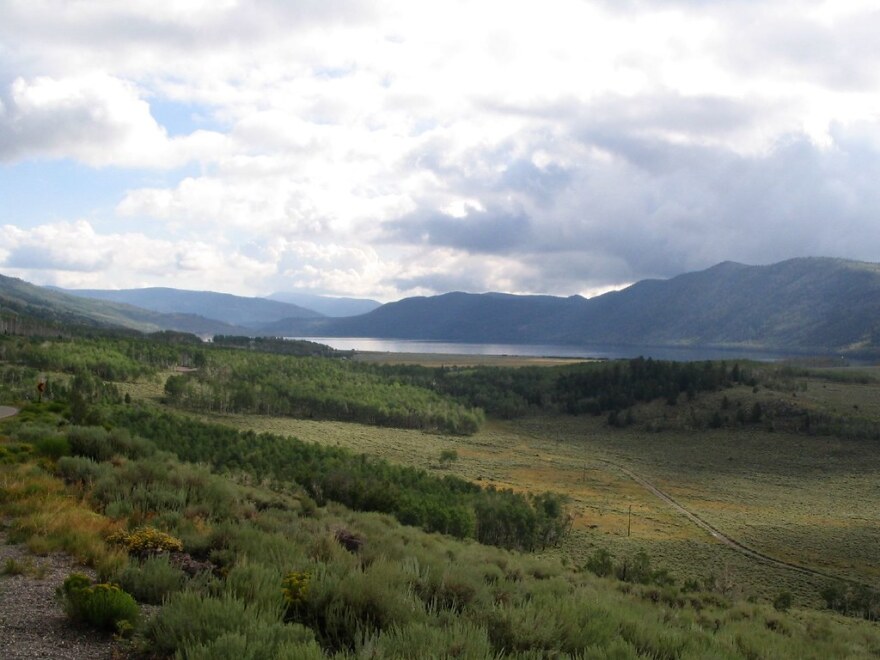A new study by researchers in Utah found that Indigenous people used fire over 1000 years ago to improve forest health around Fish Lake. The finding adds to a growing body of research about pre-Columbian forest management that challenges the idea that forests should be returned to a “natural” state.
When lead author Vachel Carter identified a period of high fire activity at Fish Lake, the University of Utah paleoecologist assumed it was driven by climate conditions, because it occurred during a hot, dry period.
But when Carter mentioned it to University of Utah anthropologist Brian Codding, he wasn’t convinced.
“He really jumped in and started talking about the Fremont people and how big of a culture they were in the area near Fish Lake,” she said, referring to a group of Indigenous people who lived in Utah 1,600 to 750 years ago.
She and Codding brought in other researchers to analyze a range of factors, including the record of human habitation around the lake and weather patterns like La Niña.
Ultimately, they determined the fires were human-caused.
“I was dumbfounded when our models suggested that it's people,” she said. “And there was really no climatic signature at all.”
The study adds to a growing body of research that shows Indigenous people managed forests with fire before Europeans settlers arrived in North America. A similar multi-disciplinary study found the ancestors of Native Americans from Jemez Pueblo used intentional fires and wood collection to improve forest health and mitigate wildfires for centuries before Europeans arrived and started suppressing fires.
Justin DeRose, a Utah State University ecologist who worked on the study, said findings like these challenge the idea that nature is better left untouched by humans.
“We need to take a little more seriously the effects that previous populations had on the landscape,” he said. “Often in land management, we think back to forest conditions that are ‘natural,’ and we’re starting to become more aware of the fact that that’s less the case than we previously thought.”
He said that’s actually good news, because it gives land managers more options when it comes to maintaining healthy forests.
“It presents an opportunity to manage within a set of values that represent our currently evolving concept of what that natural landscape may have looked like,” he said.
DeRose said the other notable thing about the study is that it brought together a wide range of disciplines, like ecology, archaeology, dendroecology, climatology and anthropology to answer a question about the past. He added that research like this has the potential to reveal a lot more about how Indigenous people lived in the past.





